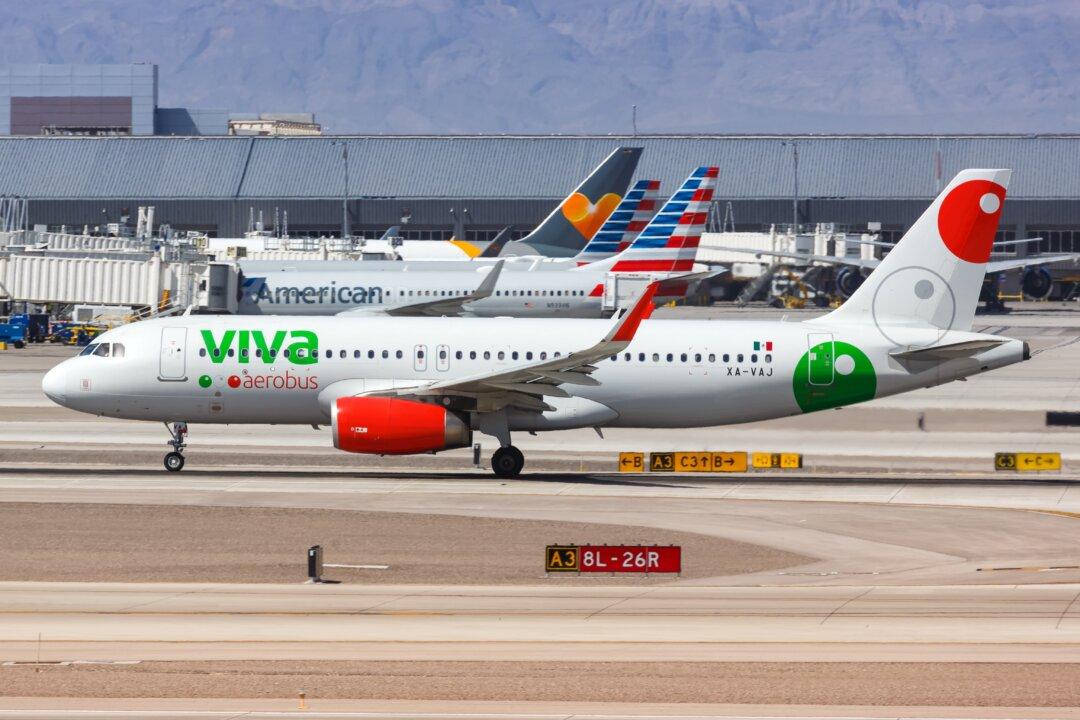In the beginning of commercial air travel, “jetting” across the Atlantic was fashionable and prestigious. These travelers were the “jet set.” But by the 1970s, falling fares opened jet travel up to more people and undermined exclusivity.
Now, even more people are enjoying the “friendly skies.” In 2022, for example, 853 million passengers flew U.S. airlines. Low-cost carriers flew 35 percent of these passengers. But how frugal are these budget airlines? There are inconveniences that come with flying low-cost; are they worth it?






